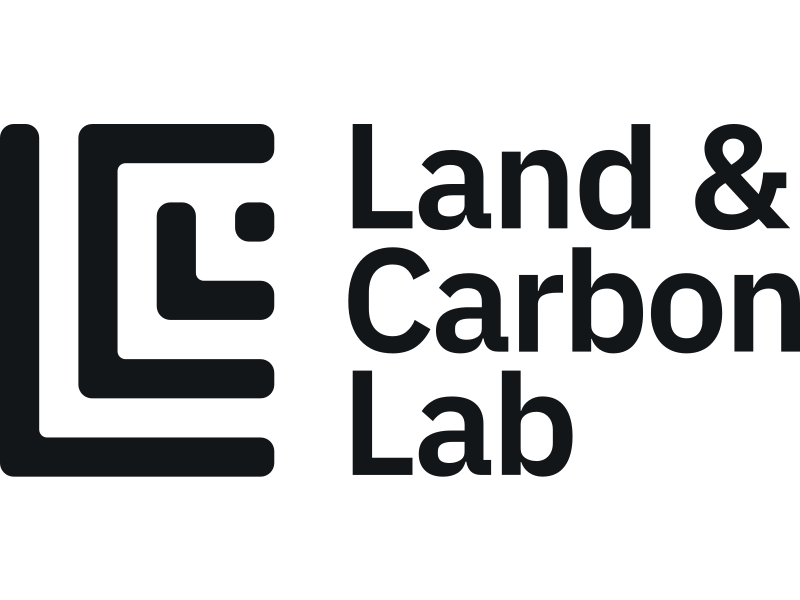
- Владелец каталога
- Глобальный надзор за пастбищами
- Доступность набора данных
- 2000-01-01T00:00:00Z–2023-01-01T00:00:00Z
- Поставщик наборов данных
- Лаборатория по земле и углероду Глобальный надзор за пастбищами
- Контакт
- Лаборатория земли и углерода
- Каденция
- 1 год
- Теги
Описание
Этот набор данных содержит глобальные ежегодные карты доминантных классов лугов (культивируемых и естественных/полуестественных) с 2000 по 2022 год с пространственным разрешением 30 м. Карта лугов, созданная в рамках инициативы Land & Carbon Lab Global Pasture Watch, включает в себя любой тип земельного покрова, содержащий не менее 30% сухой или влажной низкорослой растительности, с преобладанием злаков и разнотравья (менее 3 метров), а также:
- максимум 50% покрытия древесным пологом (более 5 метров),
- максимум 70% другой древесной растительности (кустарников и открытых кустарников), и
- максимум 50% активного пахотного покрова в мозаичных ландшафтах пахотных земель и другой растительности.
Протяженность пастбищ подразделяется на два класса: - Возделываемые пастбища : территории, где травы и другие кормовые растения были намеренно высажены и обработаны, а также территории с естественной растительностью лугового типа, где они явно демонстрируют активное и интенсивное управление для определенных целей, направленных человеком, таких как направленный выпас скота. - Естественные/полуестественные пастбища : относительно нетронутые естественные пастбища/низкорослая растительность, такие как степи и тундра, а также территории, которые испытали различную степень человеческой деятельности в прошлом, которые могут содержать смесь местных и интродуцированных видов из-за исторического использования земли и естественных процессов. В целом, они демонстрируют естественные образцы разнообразной растительности и четко упорядоченные гидрологические связи по всему ландшафту.
Реализованная методология учитывала снимки GLAD Landsat ARD-2 (обработанные в безоблачные двухмесячные агрегированные данные, см. Consoli et al, 2024 ), климатические, рельефные и ковариаты близости, пространственно-временное машинное обучение (метод случайного леса для каждого класса) и более 2,3 миллиона эталонных образцов (визуально интерпретированных на изображениях с очень высоким разрешением). Для построения карт доминирующих классов использовались пользовательские пороговые значения вероятности (основанные на пятикратной пространственной перекрёстной проверке и сбалансированных значениях точности и полноты): 0,32 и 0,42 для возделываемых и естественных/полуестественных лугов соответственно.
Ограничения: Протяженность пастбищ частично недооценена в юго-восточной Африке (Зимбабве и Мозамбик) и восточной Австралии (кустарники и леса экорегиона Мульга). Пахотные земли ошибочно классифицируются как пастбища в некоторых частях Северной Африки, на Аравийском полуострове, в Западной Австралии, Новой Зеландии, центральной части Боливии и в штате Мату-Гросу (Бразилия). Из-за сбоя в работе Landsat 7 SLC регулярные полосы вероятностей пастбищ видны на уровне участков, особенно в 2012 году. Использование слоёв с более низким разрешением (карты доступности и продукты MODIS) привело к криволинейным макроскопическим ошибкам (из-за стратегии уменьшения масштаба на основе кубического сплайна) в Уругвае, юго-западной Аргентине, юге Анголы и в регионе Сахель в Африке. Пользователям необходимо знать об ограничениях и известных проблемах, внимательно изучая их, чтобы обеспечить правильное использование карт на этом начальном этапе прогнозирования. GPW активно работает над сбором систематической обратной связи через платформу Geo-Wiki , проверкой текущей версии и улучшением будущих версий набора данных.
Для получения дополнительной информации см . Parente et. al, 2024 , Zenodo и сайт Global Pasture Watch GitHub.
Группы
Группы
| Имя | Мин. | Макс | Размер пикселя | Описание |
|---|---|---|---|---|
dominant_class | 0 | 2 | 30 метров | Доминирующий класс, полученный с помощью случайного леса и карт вероятности. |
Таблица классов dominant_class
| Ценить | Цвет | Описание |
|---|---|---|
| 0 | #ffffff | Другой |
| 1 | #ffcd73 | Возделываемые луга |
| 2 | #ff9916 | Естественные/полуестественные луга |
Свойства изображения
Свойства изображения
| Имя | Тип | Описание |
|---|---|---|
| версия | ИНТ | Версия продукта |
Условия эксплуатации
Условия эксплуатации
Цитаты
Паренте, Л., Слоут, Л., Мескита, В. и др. (2024) Global Pasture Watch — ежегодные карты классов и площади пастбищ с пространственным разрешением 30 м (2000—2022 гг.) (версия v1) [Набор данных]. Zenodo doi:https://doi.org/10.5281/zenodo.13890401
Паренте, Л., Слоут, Л., Мескита, В. и др. (2024). Ежегодные 30-метровые карты классов и площади лугов мира (2000–2022 гг.) на основе пространственно-временных данных машинного обучения и научных данных. doi: http://doi.org/10.1038/s41597-024-04139-6
DOI
Исследуйте с Earth Engine
Редактор кода (JavaScript)
Map.setCenter(-49.265188, -16.602052, 4); var domi_grassland = ee.ImageCollection( "projects/global-pasture-watch/assets/ggc-30m/v1/grassland_c" ) var visParams = {"opacity":1, "min":1,"max":2,"palette":["ffcd73","ff9916"]}; var domi_grassland_2022 = domi_grassland.filterDate('2022-01-01', '2023-01-01').first(); Map.addLayer( domi_grassland_2022.selfMask(), visParams, 'Dominant grassland class (2022)' ); var domi_grassland_2000 = domi_grassland.filterDate('2000-01-01', '2001-01-01').first(); Map.addLayer( domi_grassland_2000.selfMask(), visParams, 'Dominant grassland class (2000)' );

